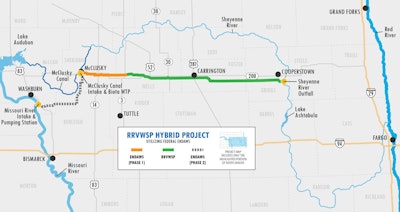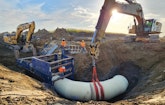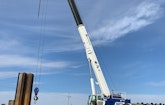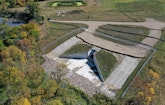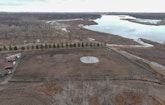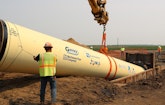A $1.1 billion, 125-mile-long pipeline project will eventually bring much-needed Missouri River water to communities in central and eastern North Dakota and help ensure the economic vitality of a region challenged for more than a century by limited water sources. ...
North Dakota Is Bringing Water Across the Continental Divide
Decades in the making, North Dakota’s efforts to tap Missouri River water are finally underway
Popular Stories
Discussion
Comments on this site are submitted by users and are not endorsed by nor do they reflect the views or opinions of COLE Publishing, Inc. Comments are moderated before being posted.
